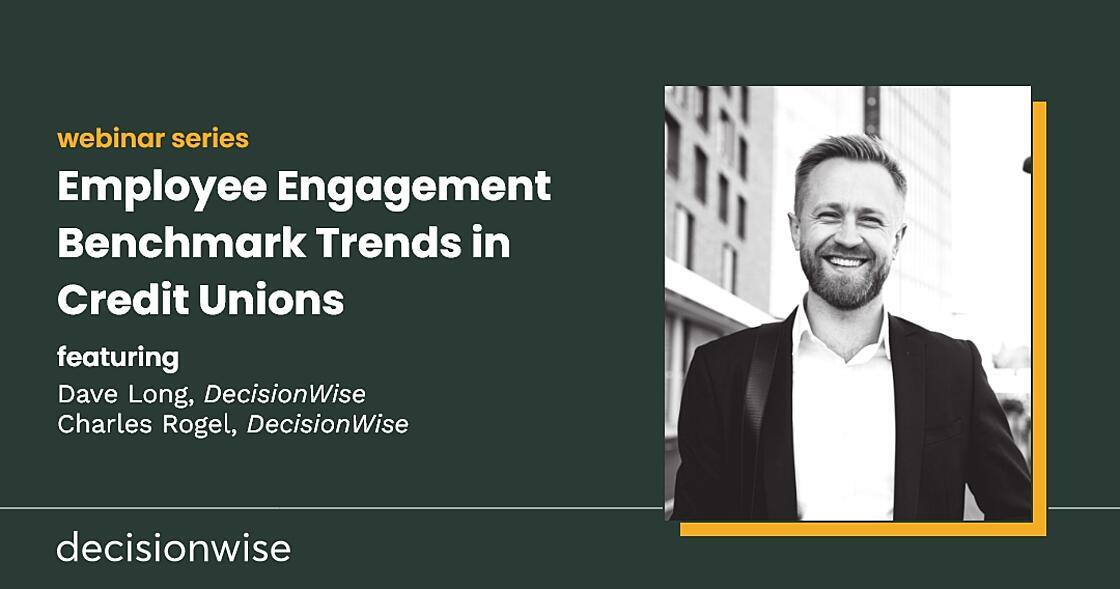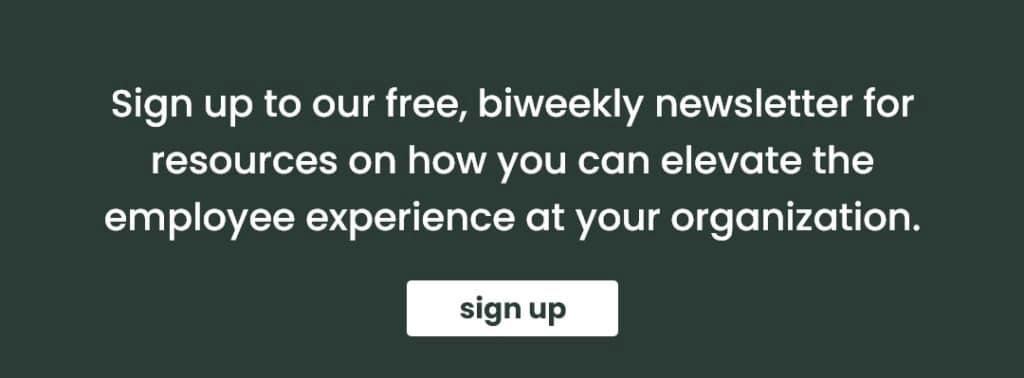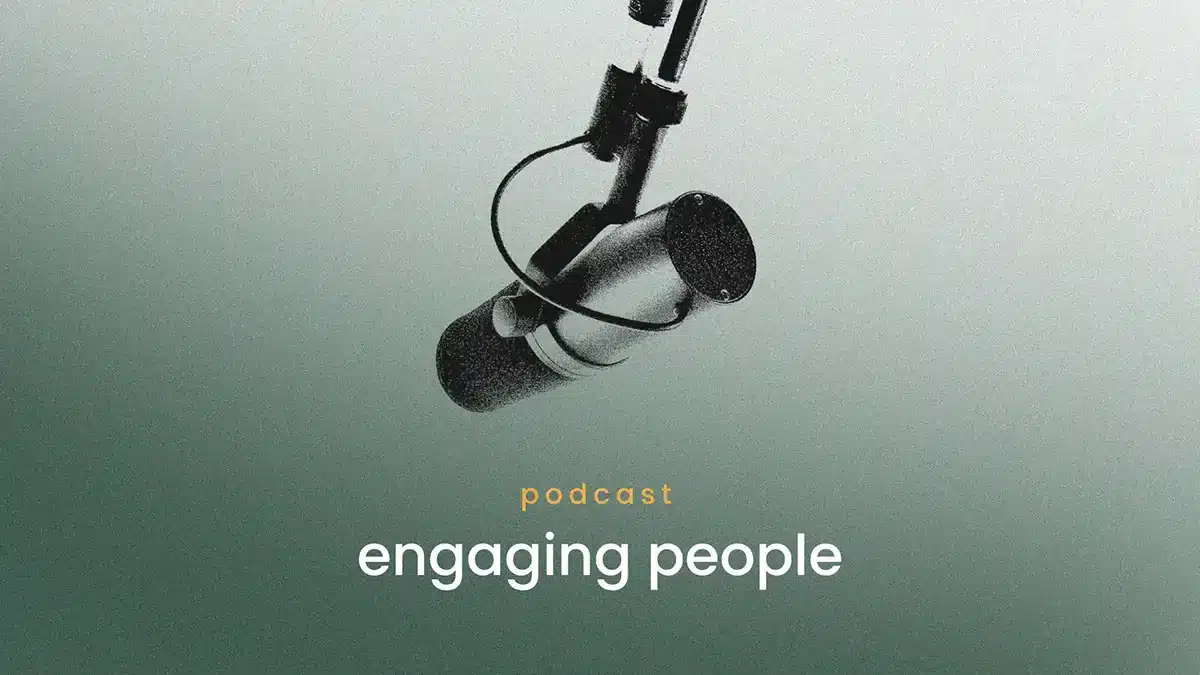Tidbits
If only employees didn’t expect so much, right? But they do. The question is what can we do to meet their reasonable expectations, and most importantly, when? If we don’t clarify expectations from the beginning, employees fill in the gaps and disappointment becomes inevitable.
The path to changing oneself is self-awareness. As a company focused on feedback, we see the truth of this maxim, over and over.
Brilliant on the Basics
For today, let’s focus on using extremes to inform the mean. When examining employee survey data, an easy exploration exercise is to isolate your top performers along with those in the bottom segment. Often, however, we cursorily review this information and then move to other areas. Instead of a mere glance, try making the extremes your primary focus.
Begin by understanding what’s not working with your bottom performers. What is different? Is something isolated to a particular area in the organization? What is common among the group? Look for characteristics that tie the narrative together.
Follow the same pattern with your top performers. Then, compare the two groups. What is different between them? What factors are present that might account for the discrepancies? An excellent way to understand these groups further is by using 360 Degree Feedback assessments.
Pro Tip: Now, instead of taking immediate action within these two groups (top and bottom) use your analysis instead to solve this question: Using what I have learned how can I help my middle groups? How do I keep my solid performers from slipping and or what actions can we take to jump start those who are already functioning as key contributors? This is what we mean by using the extremes to inform the mean.
Featured Discussion
In Data Reporting, Don’t Forget the Story: Become a Data Journalist
In analytics, we devote ourselves to facts and data. We pride ourselves in adherence to rational reasoning supported by stacks of data. Yet, mere facts don’t resonate, narratives do. Behavioral economists, marketing experts, and educators know that we identify far more readily with powerful stories than with unadorned charts, facts, and statistics. As you think about how you distribute, present, and distill information from an employee survey, try to find the storylines in the data – even if it is a simple case study that revolves around one person, department, etc.
Here are some suggestions on how to find compelling narratives within your data.
Tip #1 – Look for patterns. Don’t become fixated on single data points that are merely interesting. While one data point might be fascinating, it could simply be an outlier or an item unsupported by a sufficient sample size. Instead look for patterns. We are hardwired to find patterns, and patterns lead to stories and insights. Nothing grabs the attention of top executives more than when you show them a pattern that is at work within their organization.
Tip #2 – Avoid falling victim to the Availability Bias. The availability bias is best described as follows:
People tend to assess the relative importance of issues by the ease with which they are retrieved from memory—and this is largely determined by the extent of coverage in the media.” —Daniel Kahneman, Thinking Fast and Slow
If something is top of mind or comes up in discussions on a regular basis, be careful to not let your data tell just that story.
Tip #3 – Watch out for confirmation bias. This is when we get tunnel vision and only see the insights that confirm what we already believe to be the case. Strive to find evidence that contradicts your initial hypothesis; this will help you avoid falling prey to confirmation bias.
Tip #4 – Avoid the Law of Triviality. This law says that we spend the most time discussing topics that we understand, even if these items are less important than other ideas or pursuits. In an employee survey, it’s easy to become fixated on comments about low pay or to spend all your time reading comments (they are easy to understand). Don’t let the Law of Triviality cause an issue to take on increased importance just because it’s common to everyone (i.e., everyone believes they know about pay in an organization). Instead, look for deeper issues that may be driving themes such as belonging, connection, a positive belief in the organization’s future, or trust in senior management.
Tip #5 – Follow a method for data exploration. Build a script. For example, look for recurring themes or ideas. Then, focus on data points supported by large samples. Move to those details that are similar across departments, functions, geographies, etc. Then, as noted above, let the extremes inform the mean. Make your script as extensive or as simple as you like but follow the script to avoid being haphazard.
Tip #6 – Become a data journalist. By following Tips 1-4, you should have enough data to help you explore possible storylines. Look for scenarios that present possible case studies. Seek scenarios that are compelling and that are also relatable. For example, if a successful manager seems to be succeeding because she consistently holds one-on-ones with her team, do more than note that fact. Paint a picture of how, when, why, etc. Imagine yourself producing a movie of what this manager has done to be successful.
Again, our main point is that if you want to create change through survey data, don’t just present sterile information. Present the stories that underlie the data. Give people something they can connect with and understand.
What’s Happening at DecisionWise
MISS OUR LATEST WEBINAR
Dave Long, COO, and Charles Rogel, VP of consulting just gave a special webinar featuring a comprehensive overview of employee survey benchmarks looking specifically at trends and comparisons in the credit union industry. Take a look if you missed it!
HR News Roundup
- Roberta Matuson makes an interesting argument. She argues that companies should take the money they spend on their employee engagement initiatives and invest that same money in their managers. Her premise: managers make all the difference anyway. We agree that managers are the vital cog in the process, but you can’t manage what you don’t measure. Measuring the employee experience is, and will remain, an important function. So, we aren’t quite ready to go as far as Matuson suggests.
- In this piece, Tenielle Colussi explains how COVID has changed the way employers look at their employee value propositions – what is it that attracts employees to join and what keeps them around. We agree, with Colussi’s main headline: The Future of Works Puts the Employee Experience First.
- Here is a chat with Shruti Tandon, a People Enablement professional. It’s full of helpful advice and nuggets.
- Here are four tips for managers in the UK on how to improve the employee experience.




